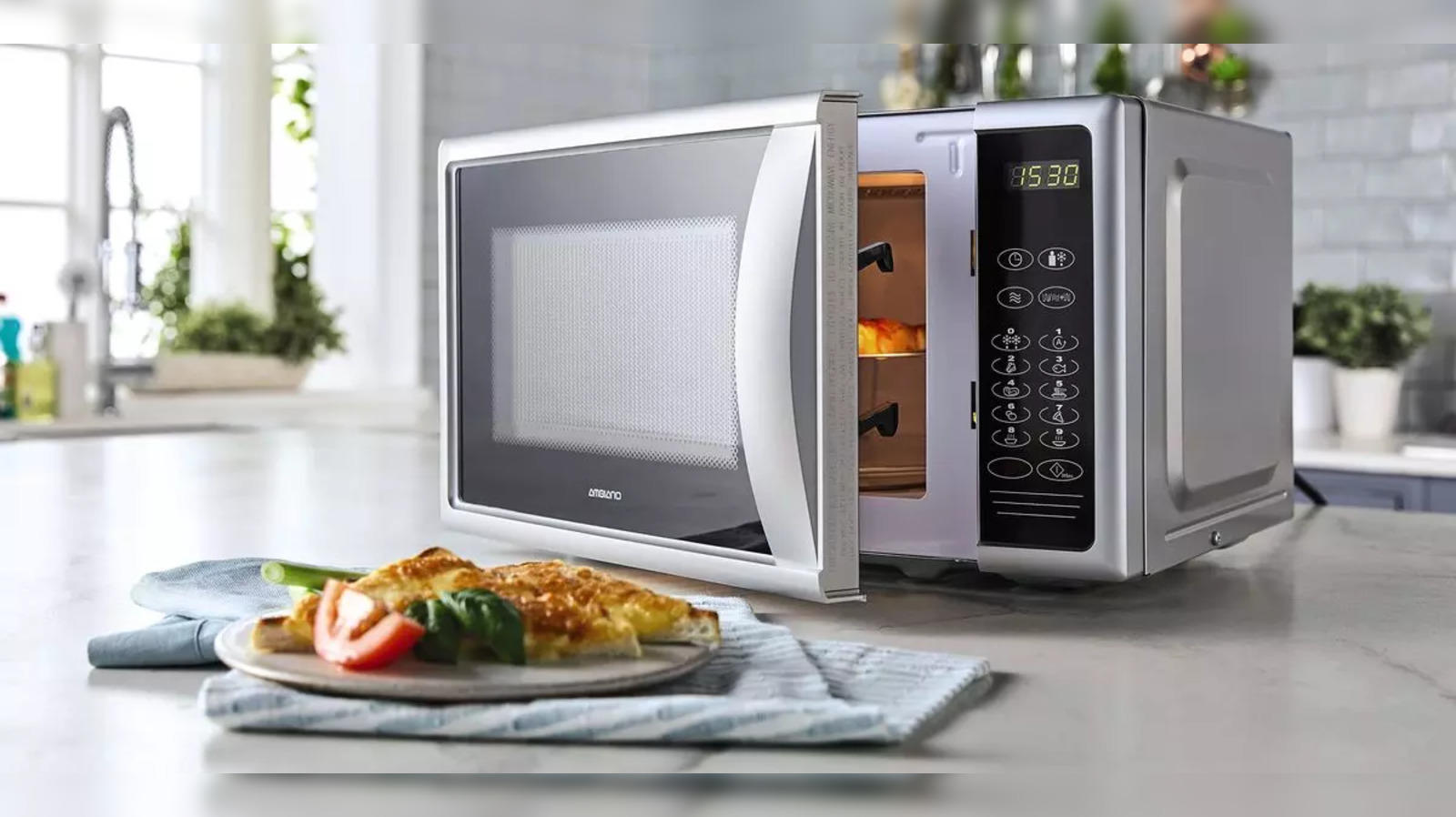Understanding the Importance of Cable Materials in Microwave Assemblies
Share
Microwave cable assemblies are critical components in RF (Radio Frequency) applications, and their performance is highly dependent on the materials used in their construction. The choice of cable materials, including dielectrics and outer jackets, can significantly impact signal integrity, flexibility, and durability. In this article, we will delve into the importance of cable materials in microwave cables and assemblies and how they affect their functionality.

1. The Role of Dielectric Materials
Dielectric materials are insulators placed between the inner conductor and outer conductor of a coaxial cable. They play a vital role in maintaining the structural integrity of the cable and ensuring proper electrical performance. The dielectric material affects various key parameters:
- Velocity of Propagation (Vp): Different dielectric materials have varying Vp values, which determine the speed at which electromagnetic waves travel through the cable. The choice of dielectric affects signal delay and phase shift.
- Dielectric Constant (εr): The dielectric constant is a measure of a material’s ability to store electrical energy. It affects the cable’s capacitance and impedance. Lower dielectric constants generally result in lower capacitance and improved high-frequency performance.
- Loss Tangent (tanδ): Loss tangent measures the dielectric material’s ability to dissipate energy in the form of heat. Low-loss dielectrics have lower tanδ values, resulting in reduced signal loss and better overall cable performance.
- Flexibility: The flexibility of the dielectric material can affect the cable’s bend radius and ease of installation. Some applications require highly flexible cables, while others prioritize rigidity and stability.
2. Outer Jacket Materials
The outer jacket of a microwave cable assembly provides protection against external factors, including moisture, chemicals, and physical damage. The choice of outer jacket material depends on the cable’s intended use and the environment it will be exposed to. Common outer jacket materials include:
- Polyvinyl Chloride (PVC): PVC jackets are cost-effective and offer good resistance to abrasion and moisture. They are suitable for indoor applications but may not be ideal for extreme outdoor conditions.
- Polyethylene (PE): PE jackets provide good moisture resistance and are often used in outdoor applications. They offer better UV resistance compared to PVC.
- Fluorinated Ethylene Propylene (FEP): FEP jackets offer excellent chemical resistance and can withstand high temperatures. They are suitable for harsh environments and high-temperature applications.
- Polyurethane (PUR): PUR jackets combine flexibility with resistance to oil and abrasion. They are commonly used in industrial and robotics applications.
3. Balancing Material Properties
Selecting the right cable materials is a balancing act. Engineers and technicians must consider the specific requirements of their RF application, including frequency range, flexibility, environmental factors, and cost constraints. For example, applications that require low signal loss may opt for cables with low-loss dielectric materials, while those in extreme environments may prioritize jackets with superior resistance.
The materials used in microwave cable assemblies are crucial in determining their electrical performance, durability, and suitability for specific applications. Understanding the roles of dielectric materials and outer jackets is essential for making informed choices when selecting the right cable assembly. Careful consideration of these materials ensures that your RF system operates with optimal signal integrity and reliability, meeting the demands of your unique application. When in doubt, consult with cable manufacturers or experts who can provide guidance based on your specific requirements.


















